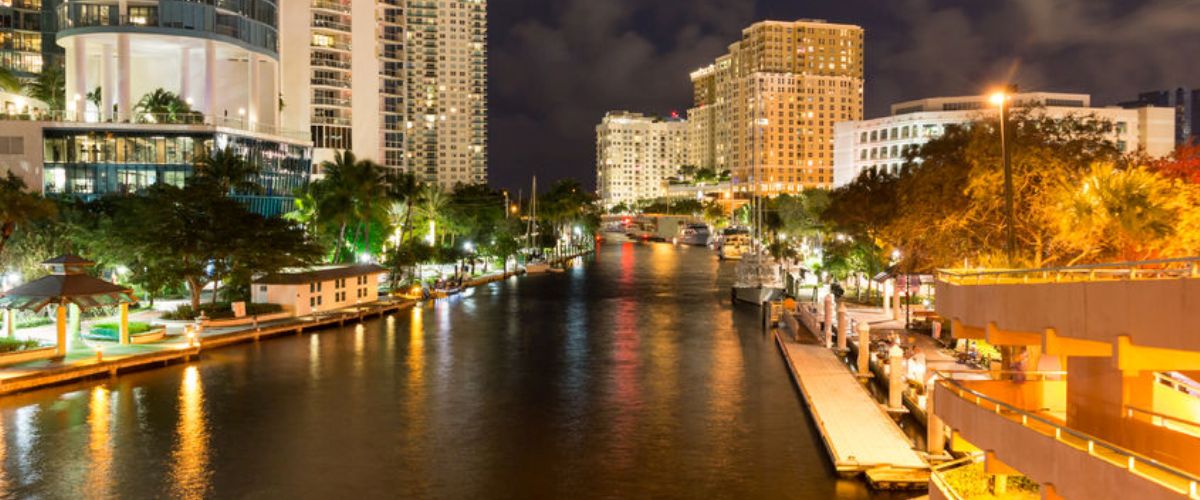Panelists spoke at the RealInsight’s Florida Commercial Real Estate Summit at the Hyatt Regency Miami on Wednesday, October 16, highlighting the potential for distribution centers, hotels, shopping malls, technology hub and sports stadiums in Florida’s major cities.
Despite years of continuous activity, Florida’s industrial and multifamily sectors still have room for growth, said Crocker Partners Managing Partner Angelo Bianco, Mitchell Property Realty President Ed Mitchell and Merrimac Ventures President and CEO Dev Motwani.
“Industrial is where we get our stuff,” said Mitchell.
His company recently bought industrial warehouses in Fort Lauderdale and Tampa, and is soon closing on one in Miami.
“Capital lenders are all over you. It’s nice. Everybody wants to do industrial now,” Mitchell said when asked how capital partners influence his acquisition strategies. “But land costs present a challenge. It costs more to get land in Miami than to build.”
The average land acquisition price per square foot costs $60 to $70 a square foot.
In Boca Raton, Crocker is creating a campus with a food court and STEAM lab maker space, hoping to draw a tech company.
“The idea is to make the workplace like a hotel.” Bianco credited WeWork for the concept. “Their loss is our gain,” referring to the company’s recent woes.
The retail category drew little enthusiasm from panelists, especially at this time when national chains are flailing.
“The spaces are of interest only when there is a big box that you can tear down and add multifamily,” said Motwani. “Multifamily developments continue to generate strong returns, especially in the luxury market.”
As for why affordable projects don’t draw greater interests, Motwani pointed to the financial realities.
“Concrete costs what it costs. Land costs what it costs,” said Motwani. “From a financing perspective, it makes sense to get luxury condos done, not affordable housing.”
But municipalities can encourage affordable housing development through incentives, including fee relief, parking ratios and adding density bonuses, agreed Motwani and Bianco.
Source: Miami Herald


